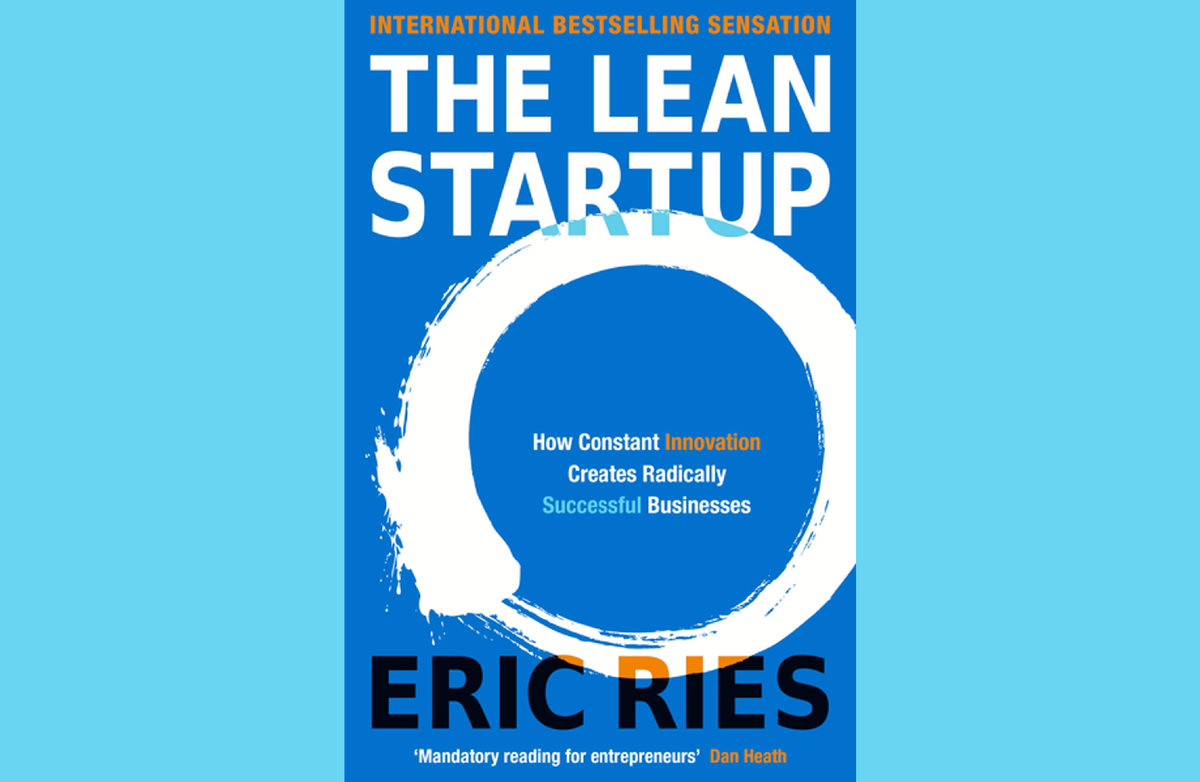Achieving Problem-Solution Fit: Lessons from the Humane AI Pin
Explore the challenges of achieving problem-solution fit in product development through the case study of the Humane AI Pin. Learn actionable insights for entrepreneurs.

As entrepreneurs, one of the fundamental challenges we face is creating products that innovate and effectively solve real problems for our users. Today, we'll delve into the case of the Humane AI Pin—a device that struggles with problem-solution fit despite its innovative approach. Let's unpack this and draw actionable insights to inspire better product development strategies.
Understanding the Core User Problem
Identifying User Needs
Successful products start by identifying a genuine user need. The Humane AI Pin aimed to replace traditional smartphone interactions with a hands-free device operated by gestures. While the intent to innovate is commendable, the execution overlooks a critical aspect—most users do not find smartphone use inconvenient enough to seek an alternative like the AI Pin, which lacks a screen and operates on gestures.
Evaluating Actual Demand
Validating the actual user demand is crucial before diving into development. The AI Pin's gesture-based navigation presents a novel yet impractical solution in many everyday scenarios. Entrepreneurs must engage with potential users early and often to ensure the product concept aligns with real-world needs.
Assessing Solution Appropriateness and Usability
Practicality of Use
The AI Pin relies on internet connectivity for its functionality, limiting its use in connectivity-scarce environments—a significant oversight for a device meant to offer convenience. As developers, we must consider the environments in which our products will be used and ensure they operate effectively in those contexts.
User-Friendly Design
A product's usability is paramount. It may be too much to ask if a solution requires users to change their behavior dramatically, such as adopting complex gestures in public spaces. Products should fit seamlessly into users' lives and enhance their routines rather than complicate them.
Considering Economic Feasibility for Users
Justifying Costs
The AI Pin's high price point and ongoing subscription model present a high barrier to adoption. Entrepreneurs must critically assess whether the benefits of their product justify the costs to the consumer. A compelling value proposition is essential to convert and retain customers.
Sustainability of the Business Model
Tying the device's functionality to a continuous payment model might secure recurring revenue but can deter potential buyers who are skeptical of long-term commitments. Transparent and customer-friendly pricing models are more likely to build trust and customer loyalty.
Positioning in the Market and Competitive Edge
Differentiating from Competitors
The AI Pin struggles to differentiate itself in a market saturated with smart devices. Products must offer clear, unique benefits that distinguish them from existing solutions. Entrepreneurs should aim to fill gaps in the market rather than enter crowded spaces with similar offerings.
Complementary Instead of Competitive
Instead of attempting to replace existing technologies, look for opportunities to enhance them. A device that complements and extends the functionality of smartphones could have a better market reception than one trying to replace them entirely.
Leveraging Future Potential and Adaptability
Iterative Development
The feedback loop is your greatest asset. Based on honest user feedback, Iterative design helps refine the product to meet market needs better. Future iterations of the AI Pin should focus on enhancing its integration with existing devices and improving its standalone features based on user input.
Staying Flexible and Responsive
Market conditions and consumer preferences evolve. Staying attuned to these changes and being willing to pivot or adjust your offerings can be the difference between relevance and obsolescence.
Conclusion: Exceed customer expectations
The journey of the Humane AI Pin teaches us valuable lessons about the importance of problem-solving fit in product development. We can develop products that meet and exceed expectations by deeply understanding our users, crafting solutions that fit seamlessly into their lives, and maintaining flexibility in our business models. As entrepreneurs, our goal should always be to innovate responsibly and practically, ensuring that our creations truly enhance the lives of those we serve.

Suggested Reading for Problem-Solution Fit
Problem-Solution Fit is a critical stage in product development and startup growth, where you validate that a product solves a significant problem for a particular market. To deepen your understanding of this concept, here are three books that provide valuable insights and practical advice:
- "The Lean Startup" by Eric Ries - This book introduces the concept of building a minimal viable product (MVP) to test and validate ideas in the real market quickly. It provides a framework for iterative product releases to achieve product-market fit, which aligns closely with identifying and solving the correct problems for users.
- "Running Lean: Iterate from Plan A to a Plan That Works" by Ash Maurya - Ash Maurya adapts the Lean Startup principles specifically for web startups. The book offers a systematic process for quickly vetting product ideas and raising the odds of success. It includes practical tools and techniques for identifying the problem worth solving and ensuring the solution fits.
- "Value Proposition Design: How to Create Products and Services Customers Want" by Alexander Osterwalder, Yves Pigneur, Gregory Bernarda, and Alan Smith - This book focuses on creating products and services that customers want, using the Value Proposition Canvas tool. It helps you understand the customer's needs and desires, which is essential in achieving Problem-Solution Fit.
These books provide frameworks and methodologies for understanding customer problems and developing practical solutions to meet those needs.


